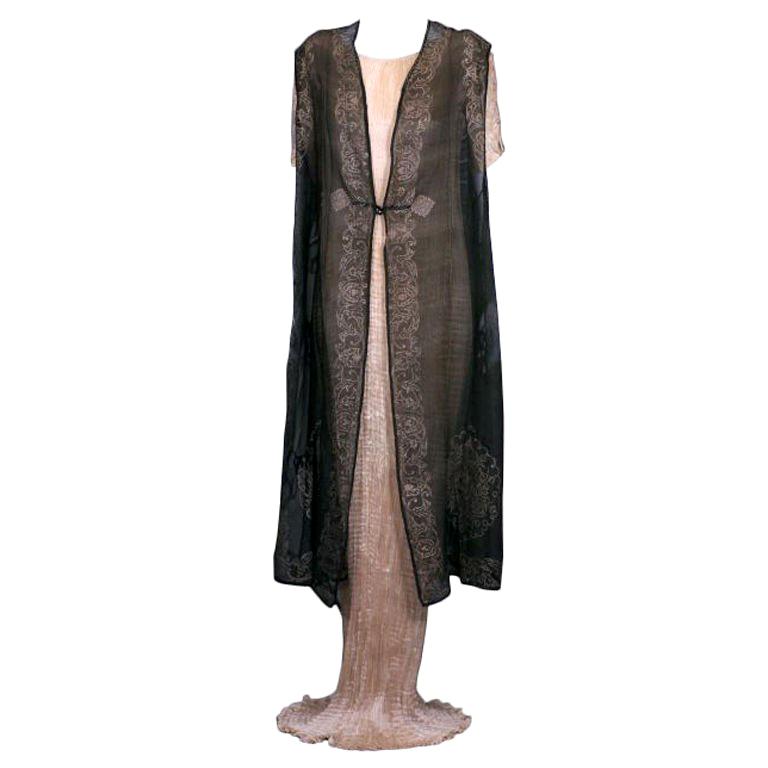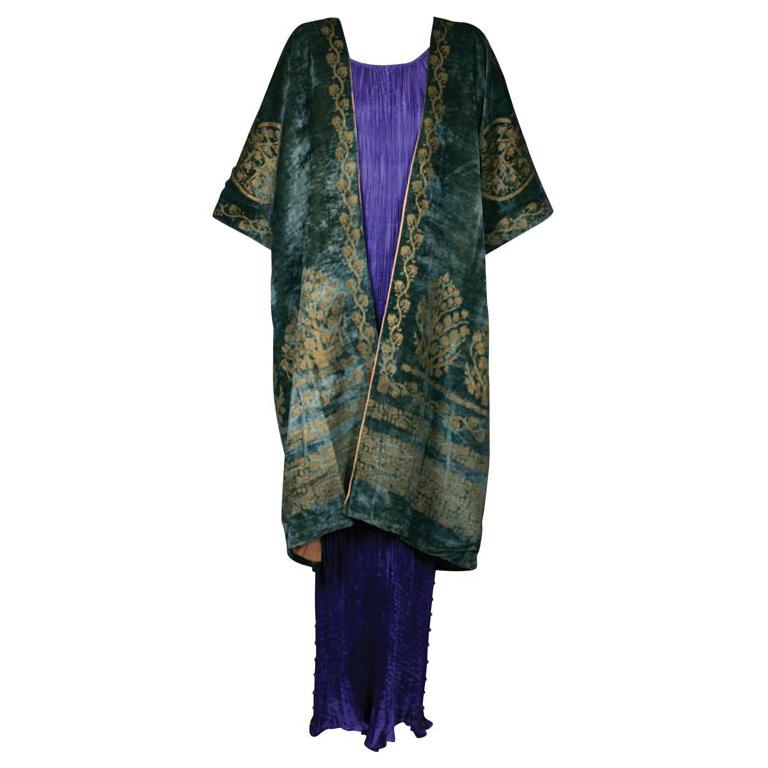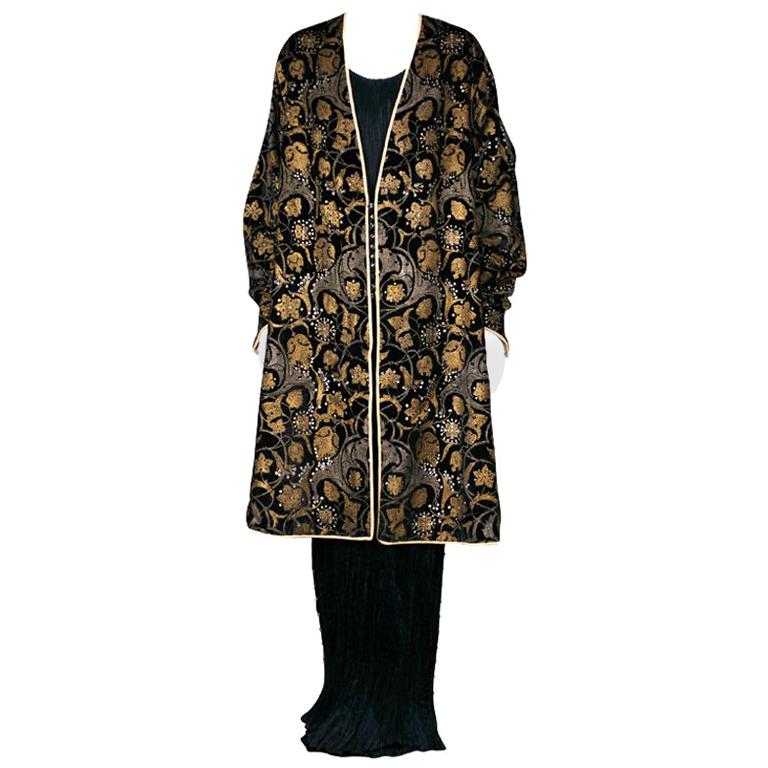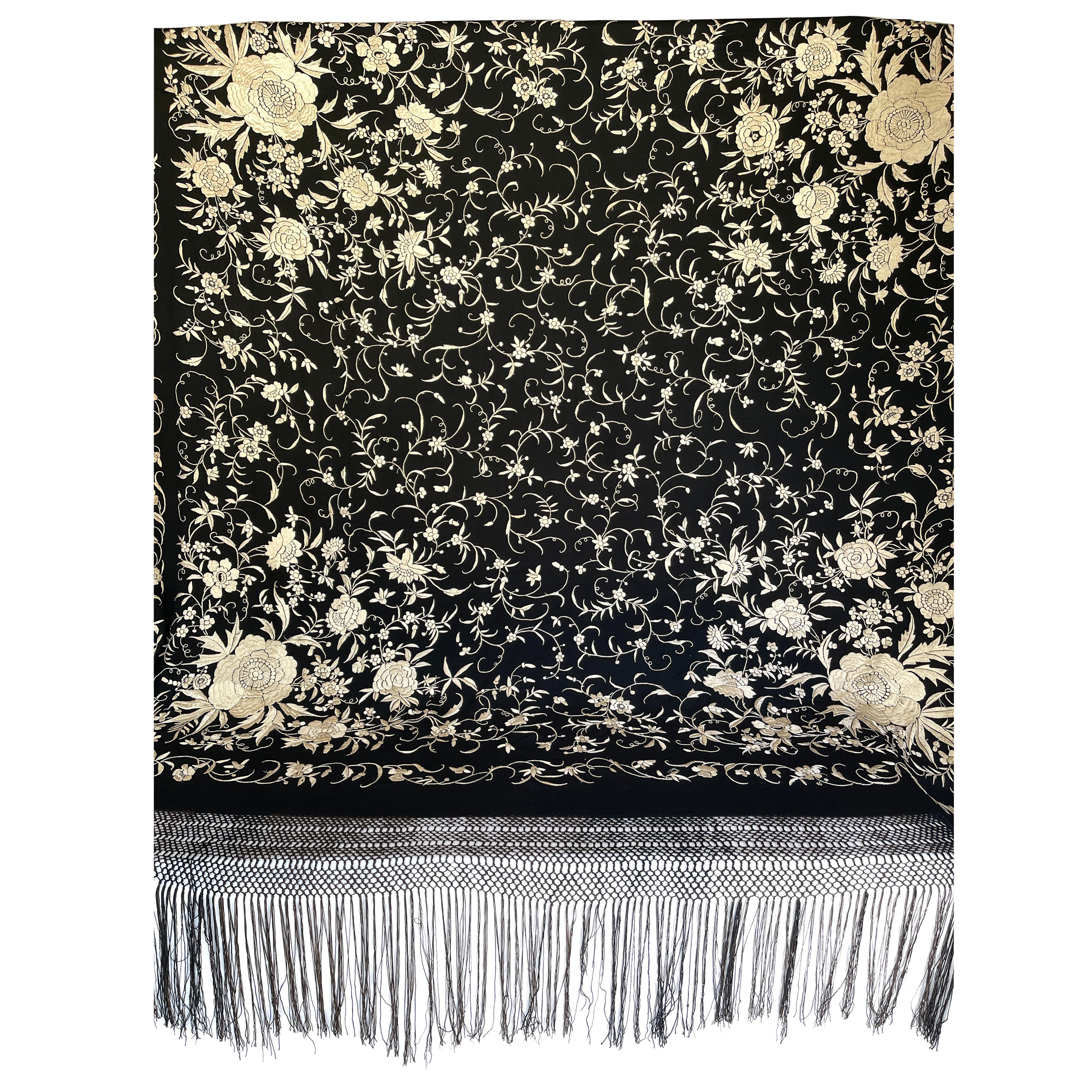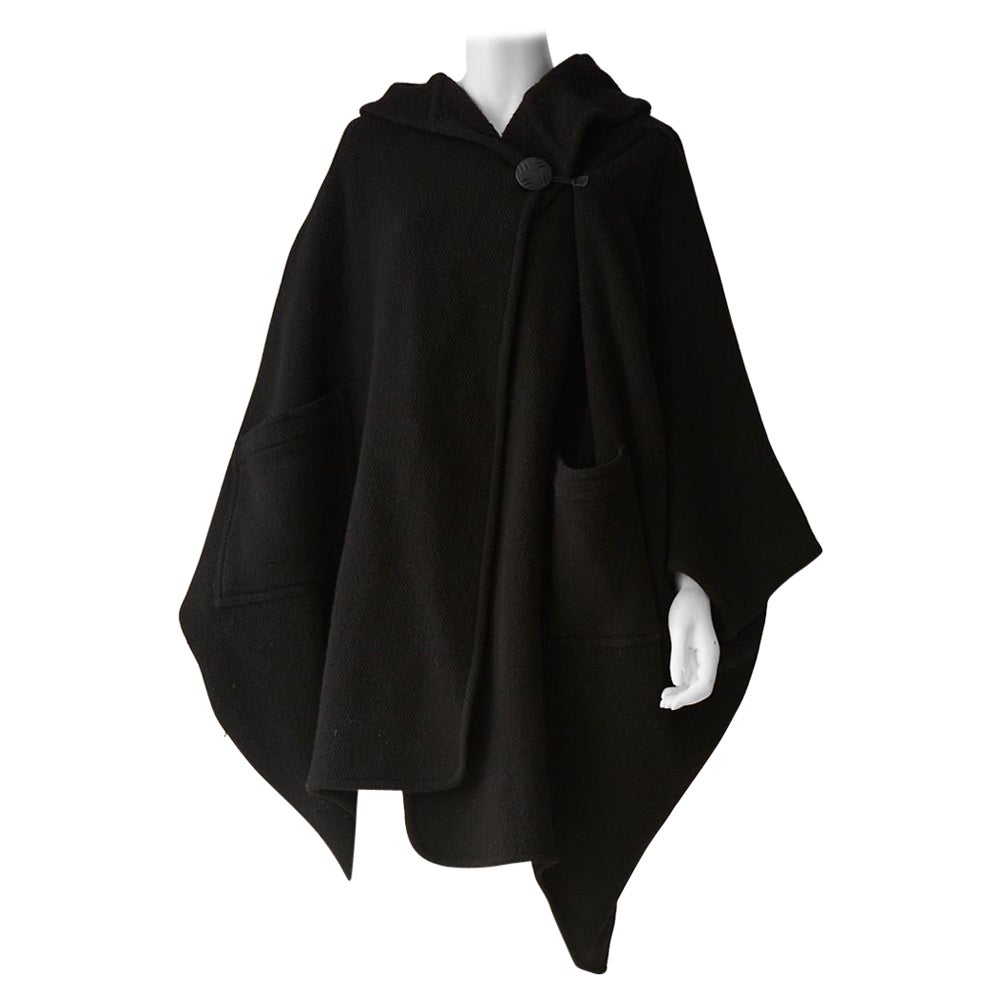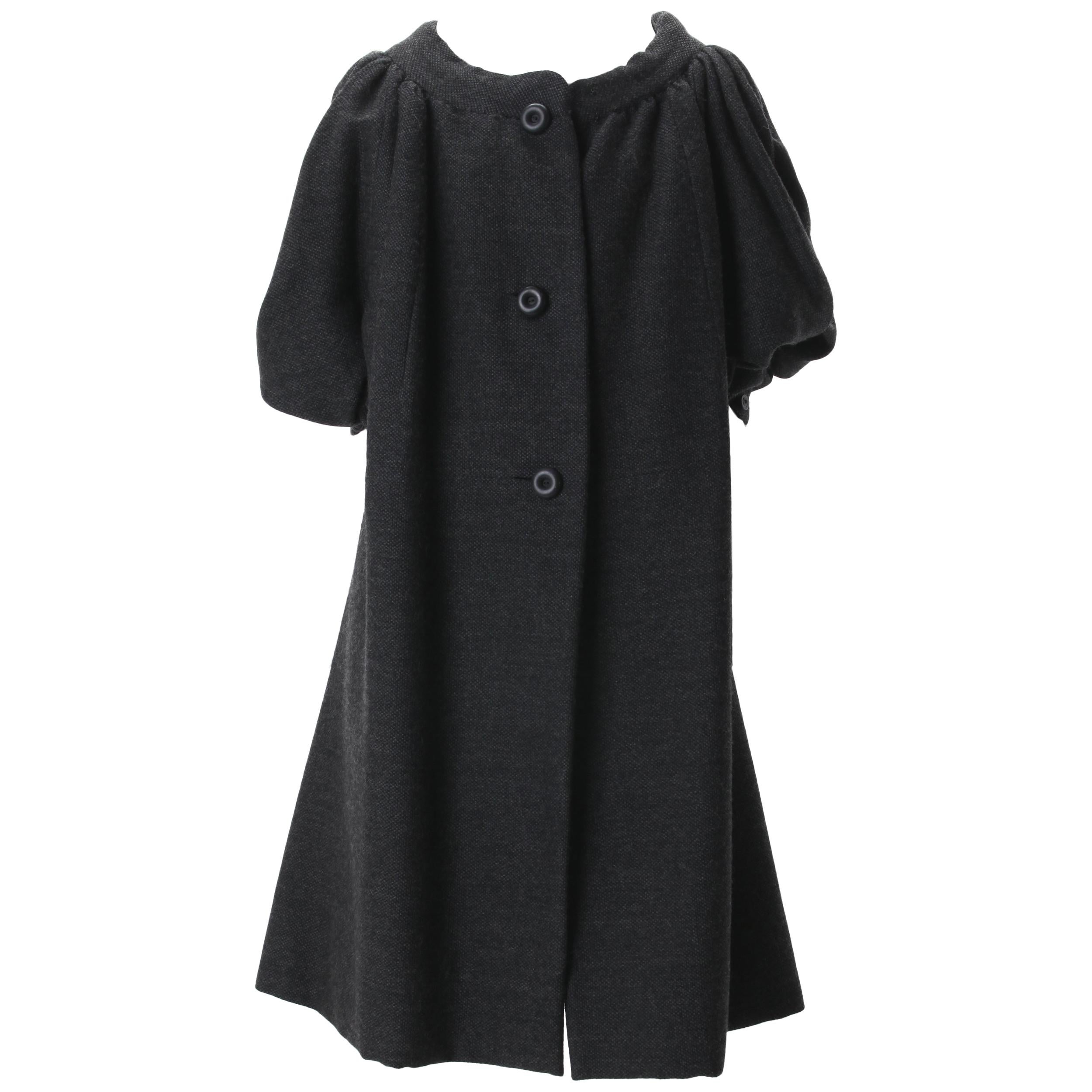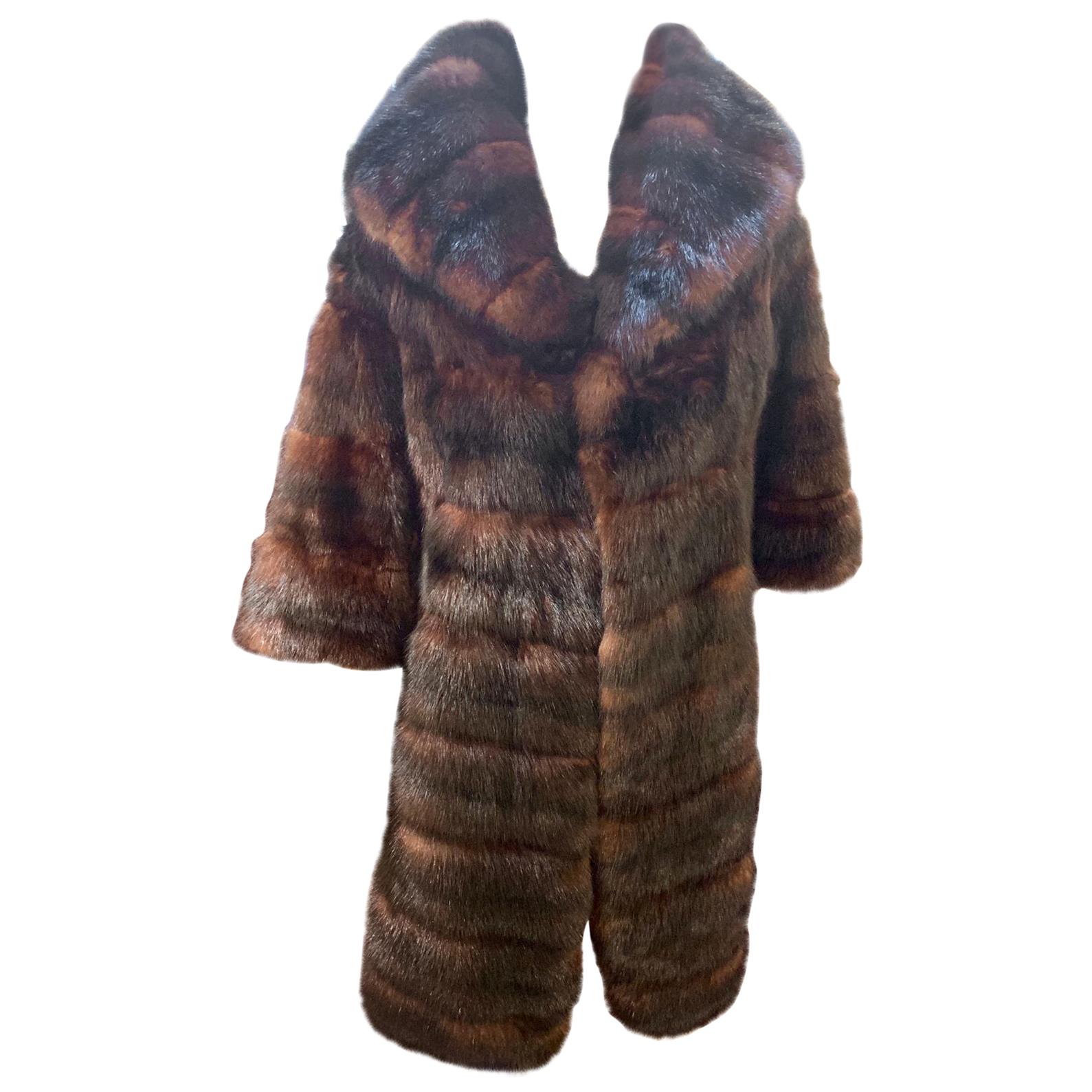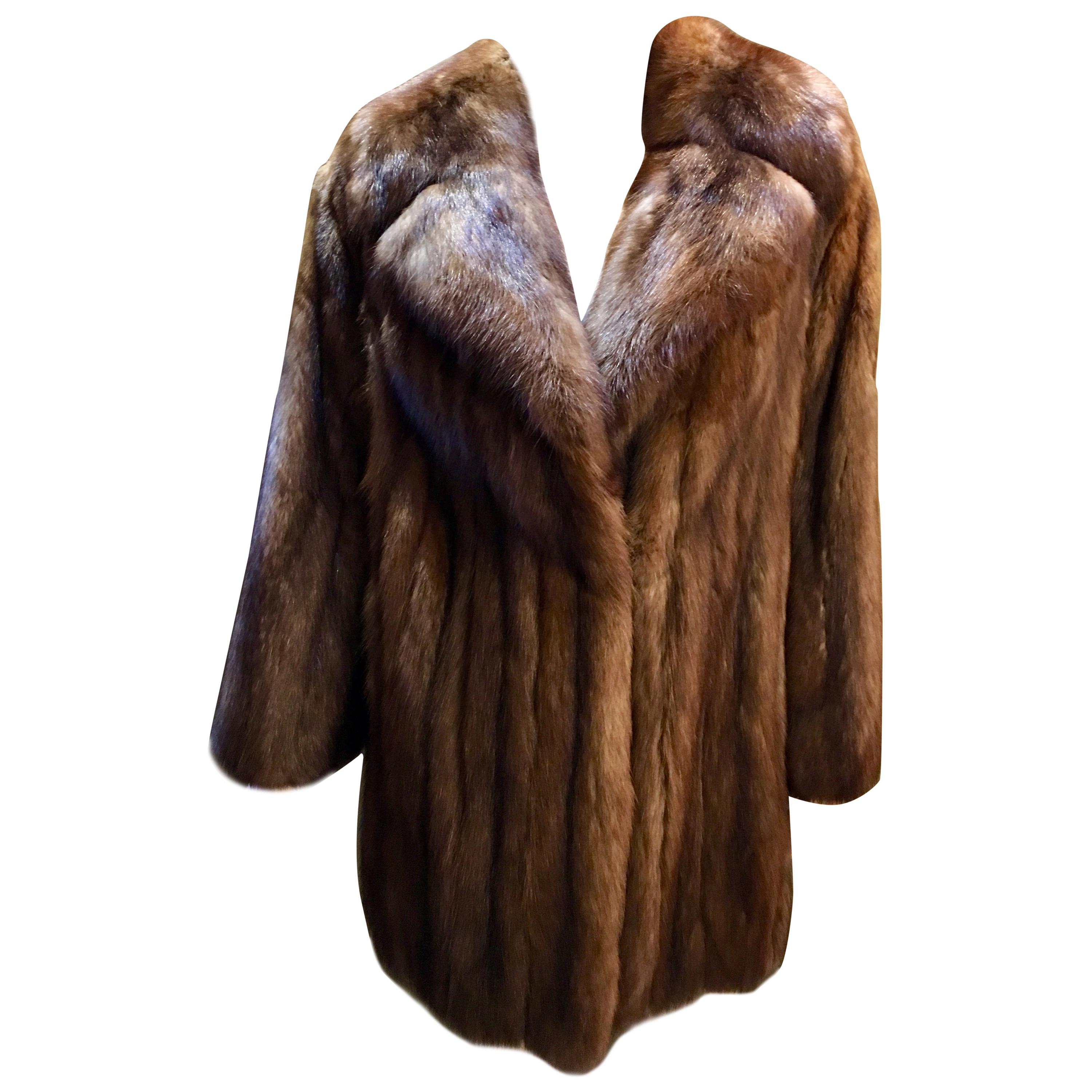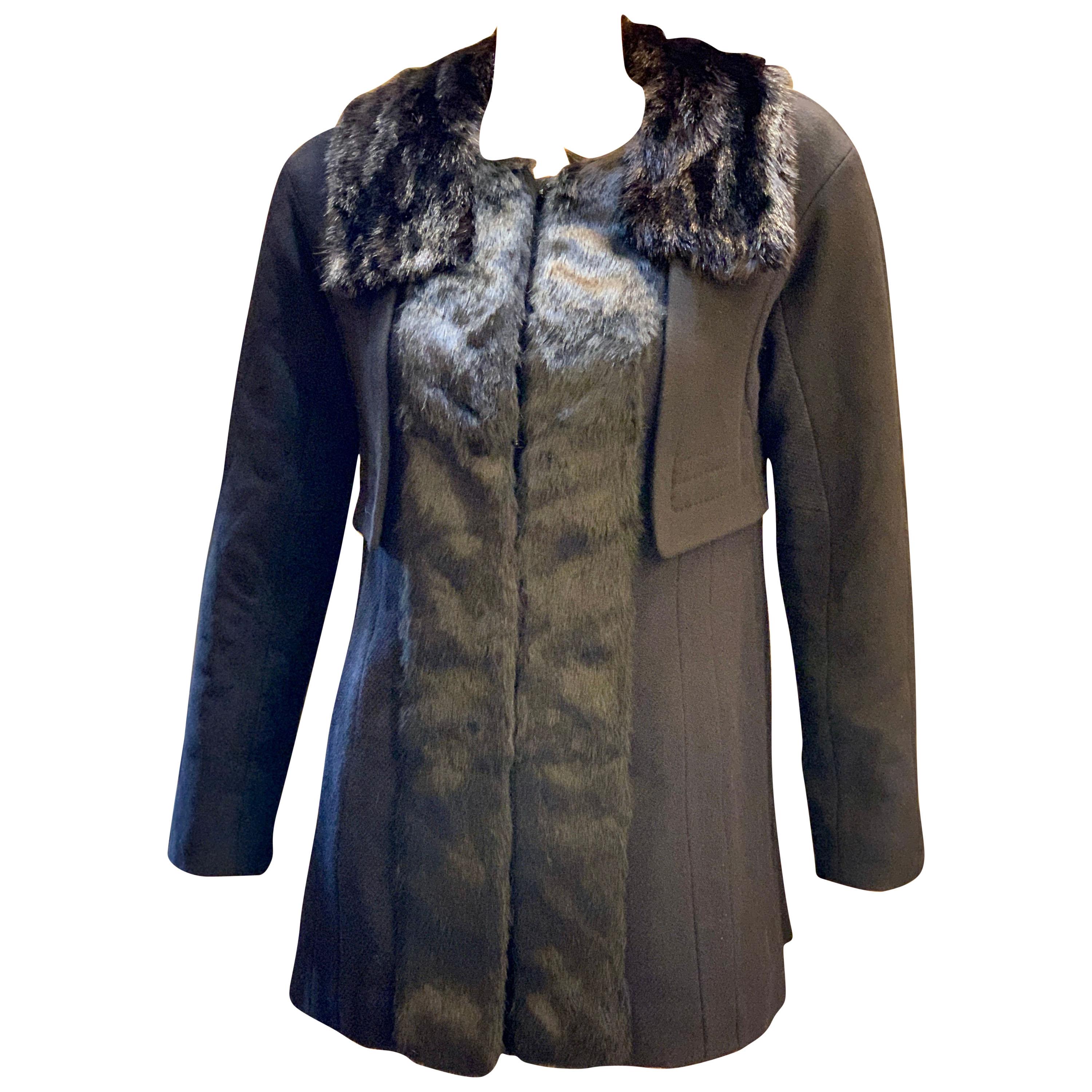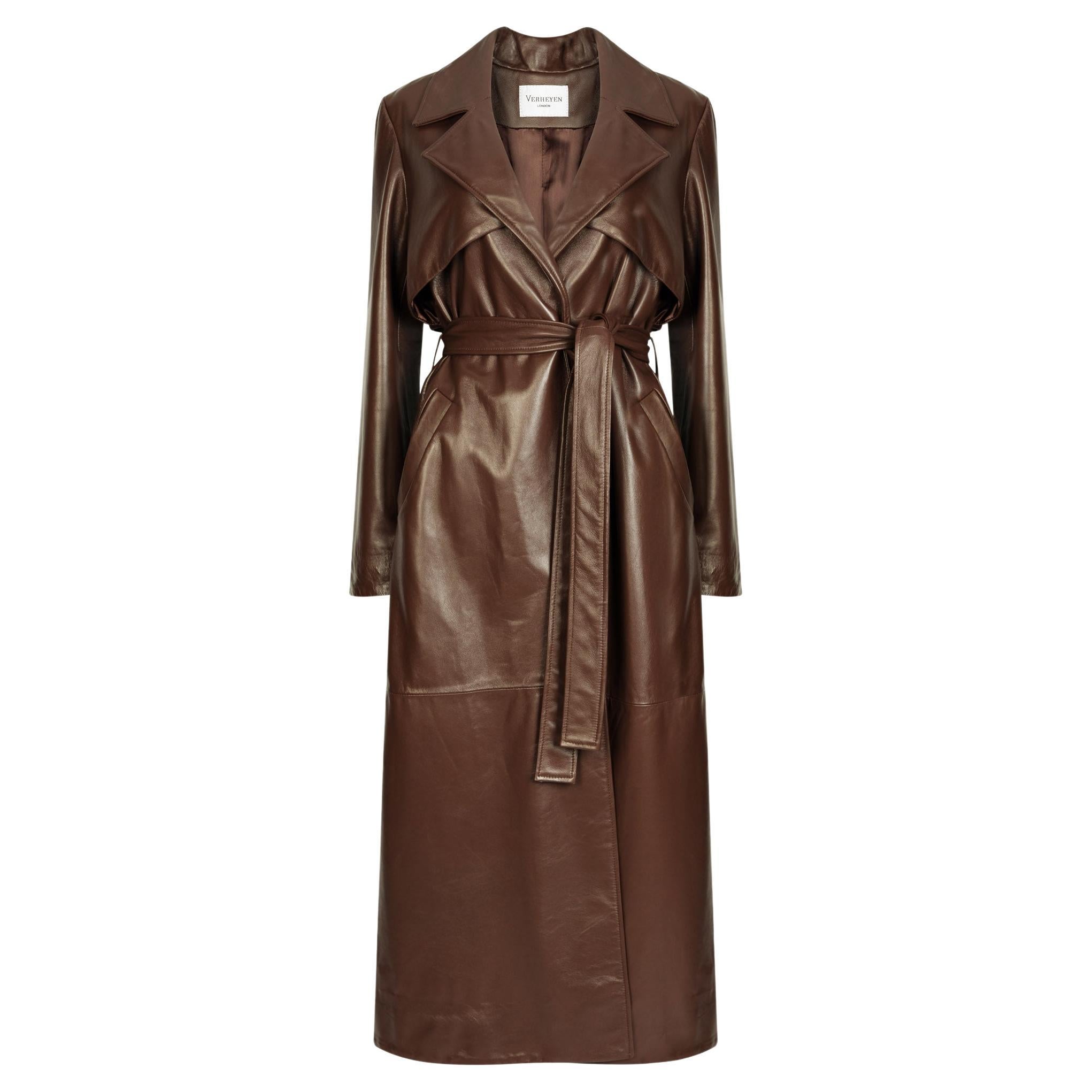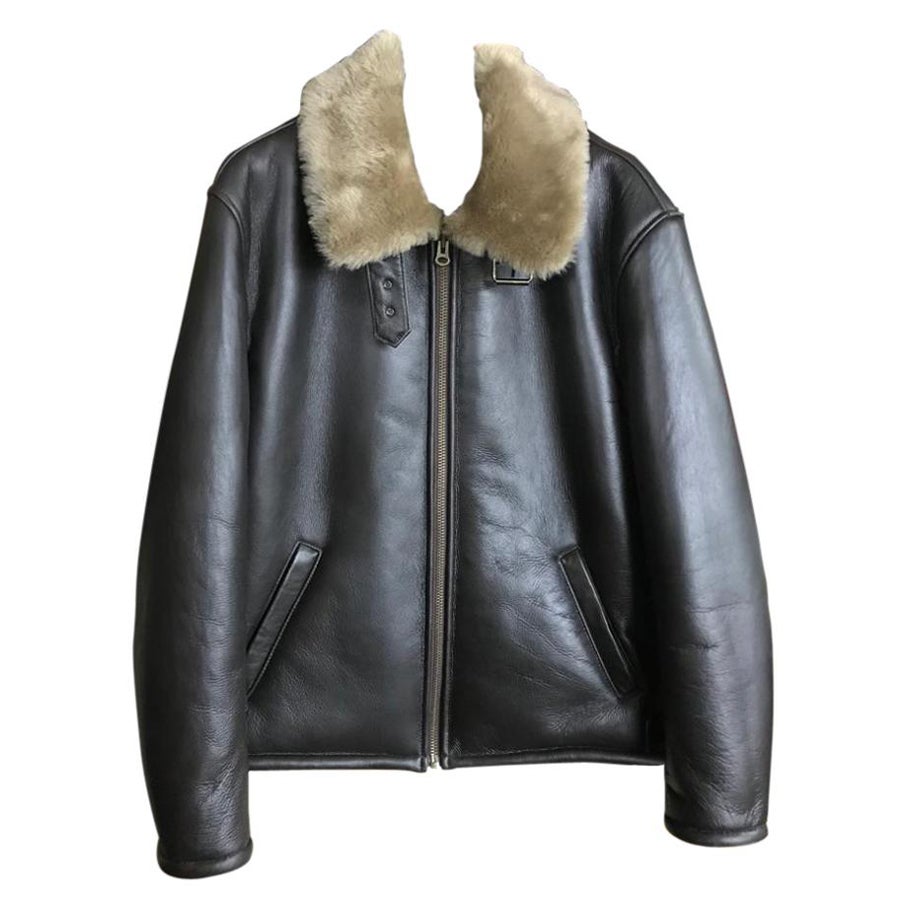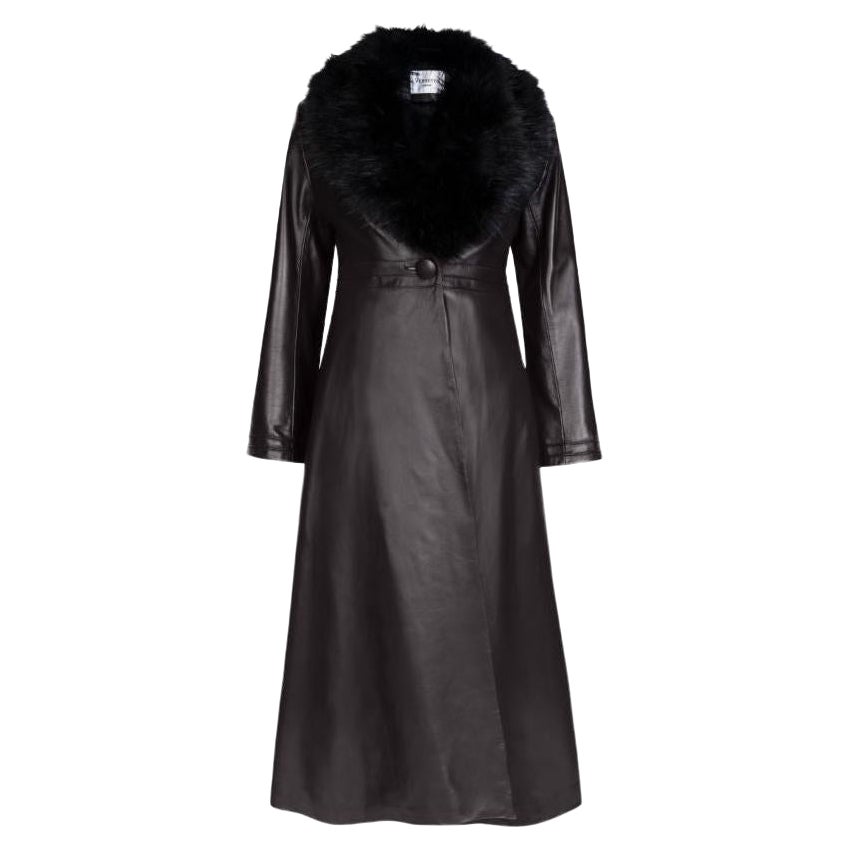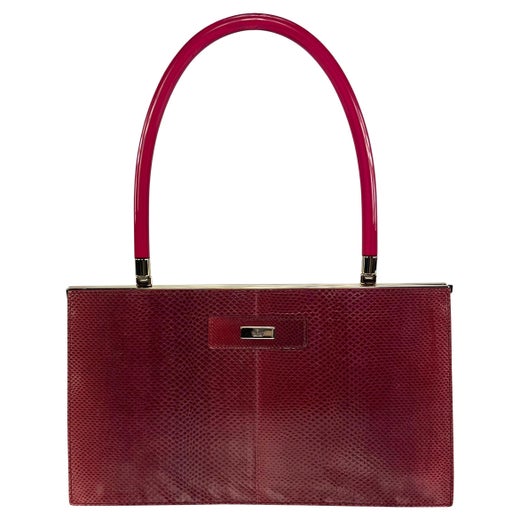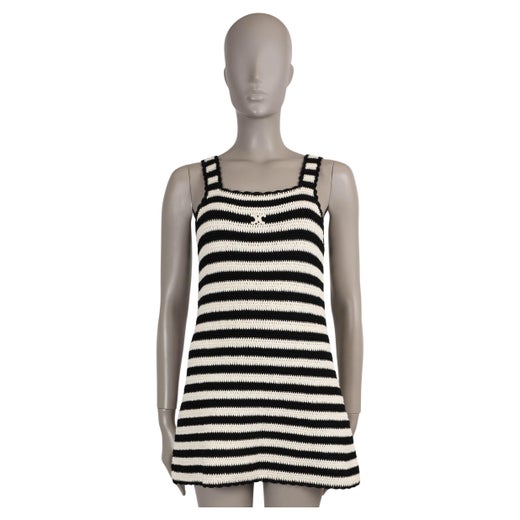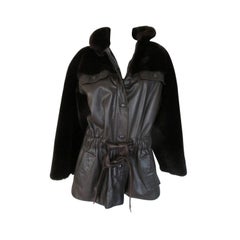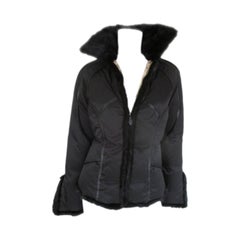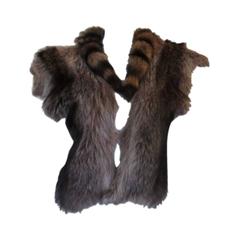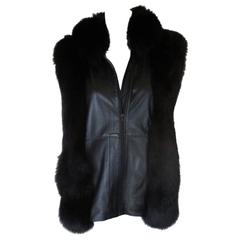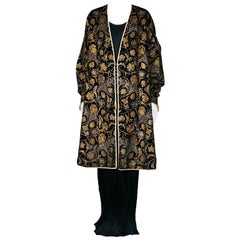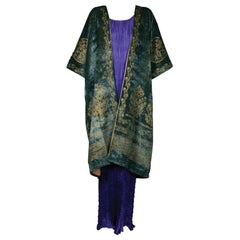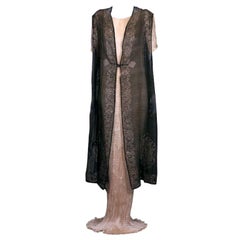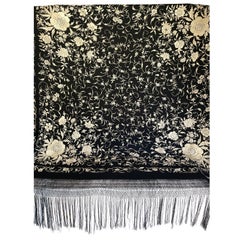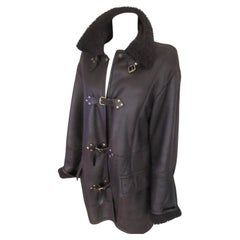
Celine Paris Shearling Leather Coat
View Similar Items
Celine Paris Shearling Leather Coat
About the Item
- Designer:
- Brand:
- Dimensions:Length: 31.5 in (80 cm)Bust: 43.31 in (110 cm)Shoulder to Hem: 24.81 in (63 cm)
- Place of Origin:
- Period:
- Condition:Wear consistent with age and use.
- Seller Location:Amsterdam, NL
- Reference Number:1stDibs: LU221221011072
Tom Ford for Gucci
No one understands sex appeal quite like Tom Ford, who joined Gucci as a womens-wear designer in 1990.
At the time, the internationally renowned Italian label was better known for leather goods than luxury fashion. It was also nearly bankrupt. After creative director Dawn Mello left in 1994, following a Bahrain-based investment group becoming Gucci’s majority shareholder, Ford was named creative director. The American designer soon infused the brand with a fresh sensuality and bold style.
Ford's potent vision of sexed-up femininity spanned everything from shirts to shoes to handbags and other accessories at Gucci — he reimagined the house's iconic double-ring-and-bar Horsebit hardware, a reference to the brand’s equestrian history, as a seductive low-slung belt, worn by Madonna when accepting an MTV video music award in 1995. For his fall show during that year, in which Kate Moss walked down the runway in an unbuttoned satin shirt, velvet hip-huggers and tousled hair, heralded an exciting, glammed-up era for the once fusty brand. Vogue critic Sarah Mower called it “one of those hitting-in-the-solar-plexus moments.”
As Ford shot to fame, he continued to explore plunging necklines, such as in the black and white looks of the Fall 1996 collection, and sumptuous fabrics like leather and tweed, with the Fall 2000 ready-to-wear collection ranging from sultry silk evening dresses to plush belted coats.
Ford also cranked up the seduction in the provocative ads for Gucci, particularly with regard to campaigns for Yves Saint Laurent, which the fashion house acquired in 1999 (Ford was also named creative director for YSL and designed the brand’s ready-to-wear collection). Gucci's Fall/Winter 1997 campaign featured Carolyn Murphy grasping Angela Lindvall in what looked like a video still; in another shot, a face pressed against a foot in a lipstick-red heel. Each promoted a vision of modern fashion where women were sexually confident, the materials were luxurious and the styles were fearless.
In 2004, Ford and Gucci president Domenico De Sole left the company after failing to agree on the renewal of their contracts. In 2006, with De Sole as chairman, Ford launched his wildly successful eponymous menswear label. Today Ford is also an author, film director and chairman of the Council of Fashion Designers of America.
Find vintage Tom Ford Gucci day dresses, jackets and shoulder bags on 1stDibs.
Celine
Now renowned for chic womenswear as well as luxury leather handbags that are often recognized for their iconic gold-tone fastening and hardware, French fashion house Celine got its start in children’s shoes.
In 1945, Céline Vipiana and her husband, Richard, opened a made-to-measure shoe shop for children at 52 rue de Malte in Paris. Designer Céline’s name graced the business, alongside a red elephant designed by French cartoonist Raymond Peynet that served as the company’s first logo.
In 1967, following an expansion into women’s shoes and leather accessories, the Vipianas decided to expand their company’s reach into women’s ready-to-wear, focusing on high-end sportswear. Céline Vipiana, who remained chief designer until her death in 1997, would oversee a range of fashion that would reach an international audience with a pared-down elegance and timeless style.
The company quickly achieved widespread success with its new offerings, most notably its trench coat, which became a staple for the brand. In the 1970s, they expanded outside Paris with boutiques in Monte Carlo, Beverly Hills and Hong Kong. In 1973, Céline Vipiana, inspired by chain links around the Arc de Triomphe, debuted the Blazon Chaîne motif of interlocking C’s. She began using it on a printed canvas and branding as well as accents on accessories, such as the Triomphe bag.
Vipiana’s designs were created to appeal as everyday fashion: Celine skirts, suits, fitted shirts, vests and coats were stylish but rooted in practicality. Quality, too, was paramount; Vipiana’s determination to deliver the best possible leather led to the opening of a studio in Florence, where the brand created its leather goods.
Vipiana died a year after her brand was acquired by Bernard Arnault’s luxury conglomerate LVMH for about $540 million. American designer Michael Kors then took the helm as creative director. Kors, too, was known for practical but chic ready-to-wear. He introduced such luxury staples as cashmere sets, smartly tailored pants and simple slip dresses, plus themed collections around jet-setter locales like Monte Carlo and Tahiti. Following Kors’s departure in 2004, onetime Burberry designer Roberto Menichetti took the job for just a year. He was followed by designer Phoebe Philo, the young British designer who is now credited with establishing Celine’s 21st-century style.
Philo created a distinct, minimal style that channeled the brand’s roots of practical simplicity with luxury materials. (“I just thought I’d clean it up,” she quipped of her debut collection in 2010.) Over the course of ten years, Philo turned the company into a beloved fixture of the fashion industry. In 2018, after Philo’s departure, the house tapped Hedi Slimane, former creative director of Yves Saint Laurent, as its new leader; he caused a stir when he famously removed the accent from the brand name. Controversial though it was, Slimane maintained it was a return to the label’s roots: an exercise in strong simplicity.
Find vintage Celine day dresses, handbags and other items on 1stDibs.
